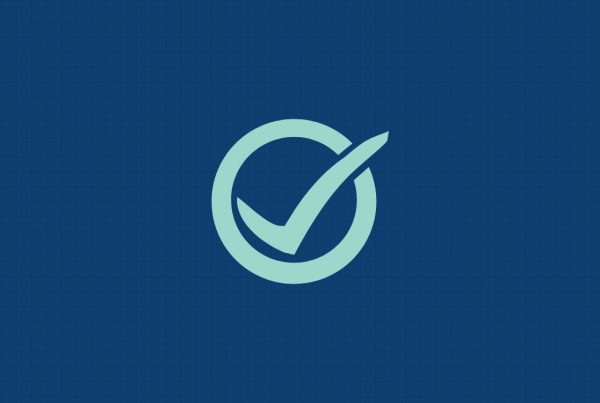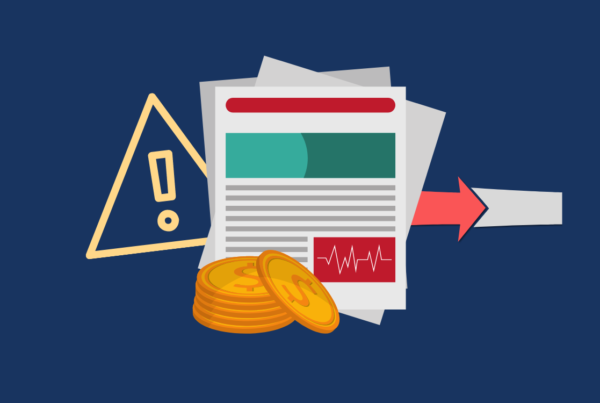Over the past two years, researchers have honed in on consumer spending habits, particularly in the mortgage and consumer lending sectors. This spring, firms like McKinsey began sharing insights on how the pandemic has shifted consumer buying behaviors, including the impact of rising inflation across the U.S. Their findings point to some interesting trends that alone may not be cause for concern, but when looked at together, they may predict where and how federal and state agencies could start to focus on what they deem risky consumer spending and in turn, influence tighter interpretations of rules and regulations. For mortgage lenders, this could have major ramifications for compliance teams, revenue streams, and (perhaps most importantly) organizational reputation.
While interest rates continue to rise, and consequently inflame mortgage rates from 3.1% to 5.25% in Q1 2022, home demand is expected to increase at a rapid pace. This should be great news for mortgage lenders, who continue to see a steady flow of buyers. This isn’t expected to wane anytime soon, given that mortgage rates are still lower than the Consumer Price Index; however, lenders already strapped for talent and budget will feel the burden of this continued pressure alongside what may be coming from regulators.
What really weighs on both lenders and federal agencies is a mounting concern that many consumers have potentially overextended themselves in the past two years. Some indication of this could be the rise in valuation of firms like Square’s own Cash App, and other neobank market activity that has introduced new dynamics like Buy Now Pay Later (BNPL) into consumer spending, creating alternative access to funds. With innovation comes new challenges which inevitably inspires new interpretations and eventually, regulations.
A March 2022 article in the American Banker indicates the CFPB could move swiftly to begin analyzing and introducing more regulation into the BNPL loans market. This reaffirms both consumer and mortgage lenders’ concerns that the industry could soon experience rising rates of default. Lending Tree reported in May that now over 40% of consumers have missed a BNPL payment, and only one in twelve consumers are actually using BNPL for the industry’s initial intention: creating direct access to essentials for lower-income consumers.
Given the size of the BNPL market, $47B in 2021, with an expected 49% increase to $67B by the end of 2022, and an anticipated 53M users by 2025, it’s clear as to why the CFPB would be alerted to ensuring this new loan class remains safe for consumers and their families.
In anticipation of tighter scrutiny and adjusting interpretations on existing regulations, consumer lenders are shoring up budgets and reviewing technology solutions now to avoid costly changes and mistakes down the line. Concern that consumers have created an environment ripe for complex lending and riskier investments may begin impacting organic growth for the first time in a decade.
Getting ahead of the wave means revisiting compliance solutions right now that can ease the burden on internal teams by quickly and accurately identifying, interpreting, and monitoring critical obligations. Additionally, arming compliance leaders with efficiency tools not only boosts morale but can mitigate concerns as to whether lenders will be ahead of the curve and pre-empt any unnecessary negative attention when stories of mounting consumer risk hits media headlines. If financial services and consumer lending have learned anything from its past, it’s that being intentional, transparent, and consumer-focused is the best way to fortify market reputation.
Ascent RegTech fuels growth for mortgage lenders by managing your compliance regulations across markets, geographies and offerings. Ascent swiftly and accurately gathers your relevant requirements in one place, saving your firm time, human capital and costly mistakes.







